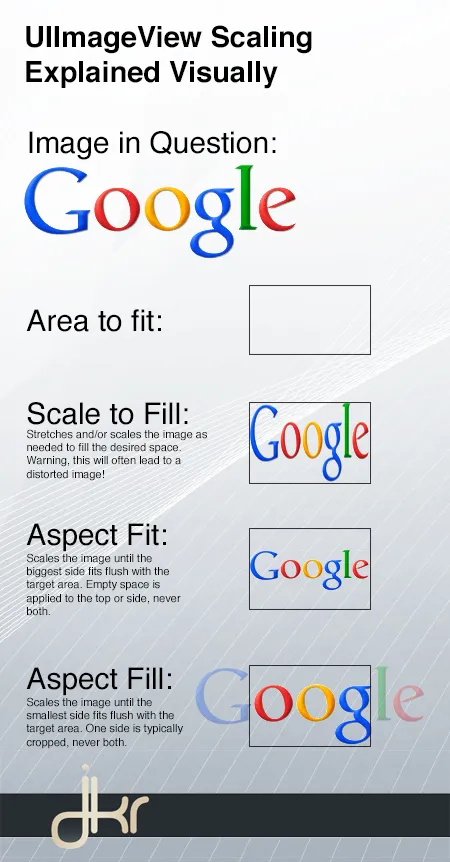我已经创建了一个表格视图,并在其中填充了文本单元格。我想要做的是向单元格添加图像,但实际上发生的情况是图像覆盖了整个单元格,看起来很糟糕...
这是我的代码:cell.imageView.image = [UIImage imageNamed:@"test2.jpeg"];
这是它目前的样子:
我想要达到的效果是:
如何调整表格视图单元格中的图像大小以达到期望的效果?
更新
这是我尝试了下面答案中建议的内容:
cell.imageView.frame = CGRectMake(0.0f, 0.0f, 30.0f, 30.0f);
cell.imageView.layer.cornerRadius = 8.0;
cell.imageView.contentMode = UIViewContentModeScaleAspectFit;
cell.imageView.layer.masksToBounds = YES;
cell.imageView.image = [UIImage imageNamed:@"test2.jpeg"];
但我得到的输出仍然是:

更新2.0
我尝试了一些其他建议的方法:
UIImageView *imageView = [[UIImageView alloc]initWithFrame:CGRectMake(30, 30, 30, 30)];
imageView.backgroundColor = [UIColor clearColor];
[imageView.layer setCornerRadius:8.0f];
[imageView.layer setMasksToBounds:YES];
[imageView setImage:[UIImage imageNamed:@"test2.jpeg"]];
[cell.contentView addSubview:imageView];


cell.imageView.frame = CGRectMake(0,0,30,30);来设置图像视图的框架大小时,为什么它不起作用。它仍然显示问题中显示的图像。 - Vanessa